Send a message.
We’re here to answer any question you may have.
careers
Would you like to join our growing team?
careers@hub.com
Feedbacks
Have a project in mind? Send a message.
info@hub.com
Error: Contact form not found.
We’re here to answer any question you may have.
Would you like to join our growing team?
careers@hub.com
Have a project in mind? Send a message.
info@hub.com
Error: Contact form not found.
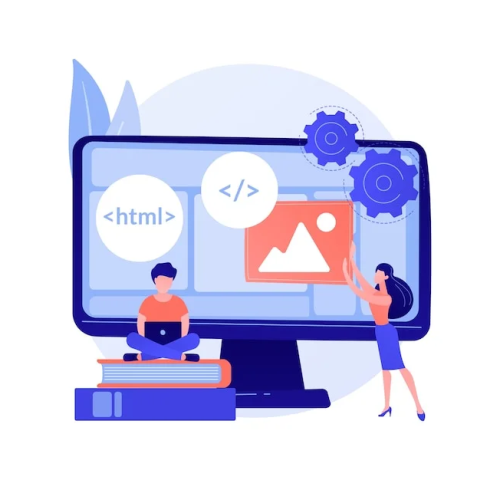
This topic combines the idea of designing a successful online presence with the transformative impact of web design. It emphasizes the importance of effective design in achieving digital success, making it relevant and appealing to individuals and businesses looking to create impactful websites. Feel free to adapt and personalize this heading to suit your website's unique brand and messaging.
We will focuses on the intersection of usability and aesthetics in website design. It emphasizes the importance of creating user-friendly interfaces that seamlessly blend functionality with visually appealing design, capturing the attention of visitors.
Remember, the main heading should align with your brand identity and target audience's interests. You can customize these examples to better reflect your specific website and its unique selling points.


The layout refers to how the content and elements are organized on the web page. It includes the placement of headers, footers, navigation menus, sidebars, and the overall structure of the page. A well-designed layout ensures easy navigation and accessibility for users. Some content need.

The use of high-quality images, illustrations, icons, and other visual elements can enhance the visual appeal of a website and convey information effectively. Careful selection and placement of images can help to engage users and support the overall design theme.

With the increasing use of mobile devices, it is crucial for websites to be responsive and adapt to different screen sizes. Responsive design ensures that the website looks and functions well on desktops, tablets, and smartphones, providing a seamless user experience across devices.
Hiring a professional web design company in India offers numerous benefits for businesses. It is a cost-effective solution, providing access to highly skilled professionals experienced in the latest web technologies. These companies deliver custom, innovative, and SEO-friendly website designs tailored to your specific business needs, ensuring a unique online presence. Indian firms are known for their scalability, allowing you to adjust resources as your business grows. They emphasize quality and security, adhering to global industry standards to protect your data. With 24/7 customer support, they ensure quick issue resolution, leveraging the time zone advantage for international clients.

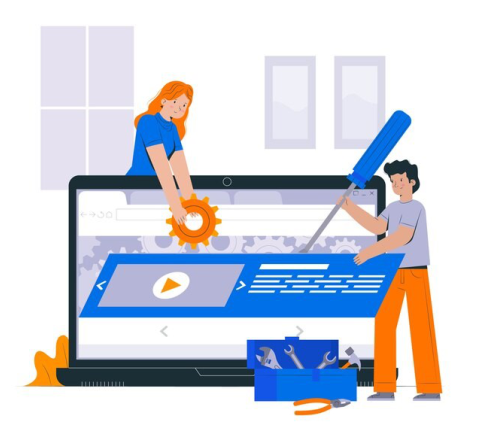
A website redesign may be a huge success coming fulsome with the best website design.
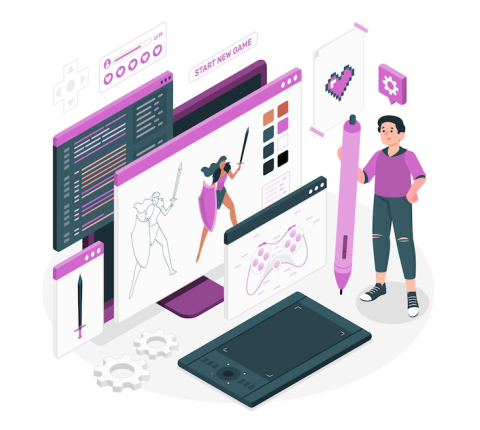
This web design is quite required to give your business on the internet as it is really on the ground.
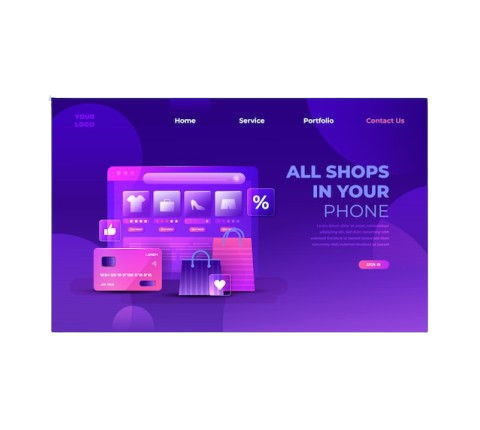
Your website can be rapidly and easily updated to reveal record, price and other product variations and add-ons.
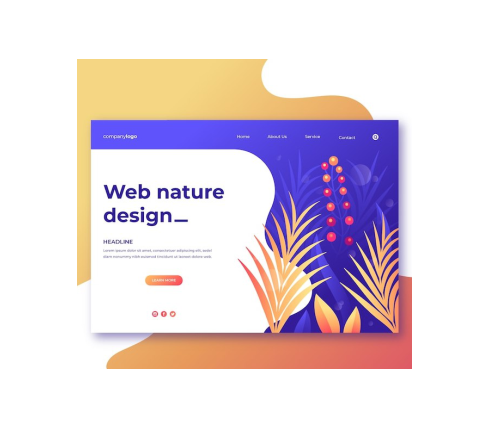
This web design is quite required to give your business on the internet as it is really on the ground.
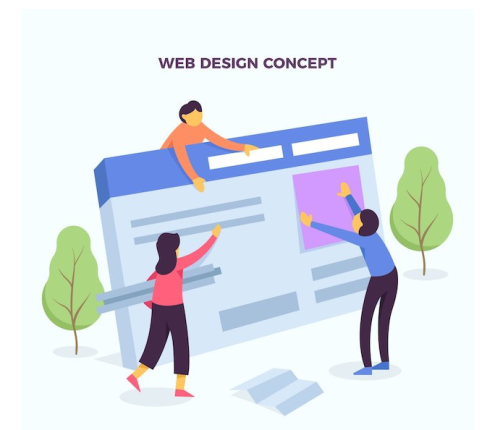
WordPress is an open-source content management system (CMS) that lets you update and edit your website.

They offer PHP support at no additional fee and low-cost plans with unrestricted storage and a free domain name.
Install any demo or template with a single click. You can mix and match all the demos & templates. Every demo can be turned into one or multi-page. You can also use the shop features for all demos.
Install any demo or template with a single click. You can mix and match all the demos & templates. Every demo can be turned into one or multi-page. You can also use the shop features for all demos.
Install any demo or template with a single click. You can mix and match all the demos & templates. Every demo can be turned into one or multi-page. You can also use the shop features for all demos.
Install any demo or template with a single click. You can mix and match all the demos & templates. Every demo can be turned into one or multi-page. You can also use the shop features for all demos.
Install any demo or template with a single click. You can mix and match all the demos & templates. Every demo can be turned into one or multi-page. You can also use the shop features for all demos.
Install any demo or template with a single click. You can mix and match all the demos & templates. Every demo can be turned into one or multi-page. You can also use the shop features for all demos.
Adding {{itemName}} to cart
Added {{itemName}} to cart